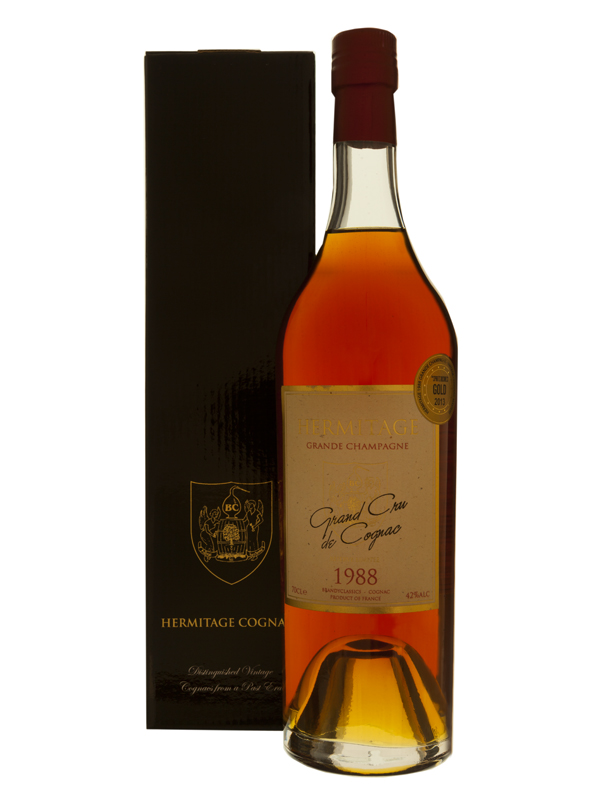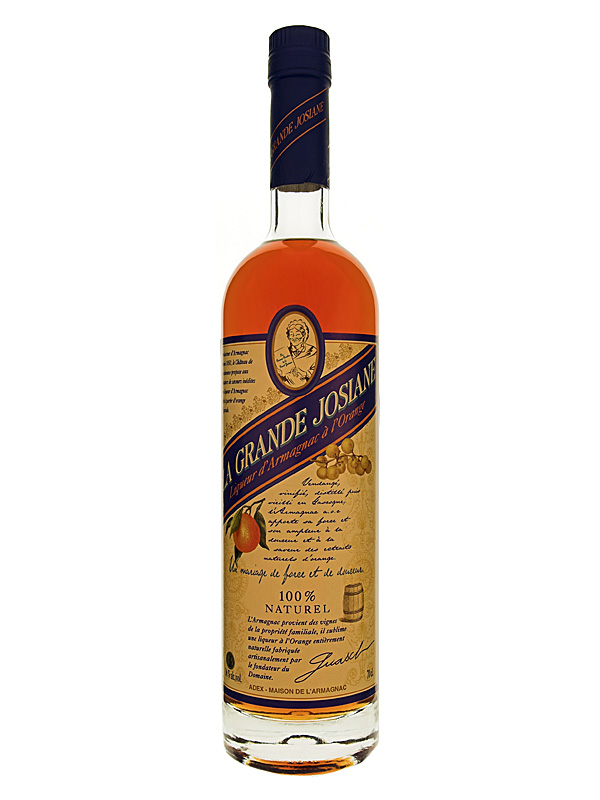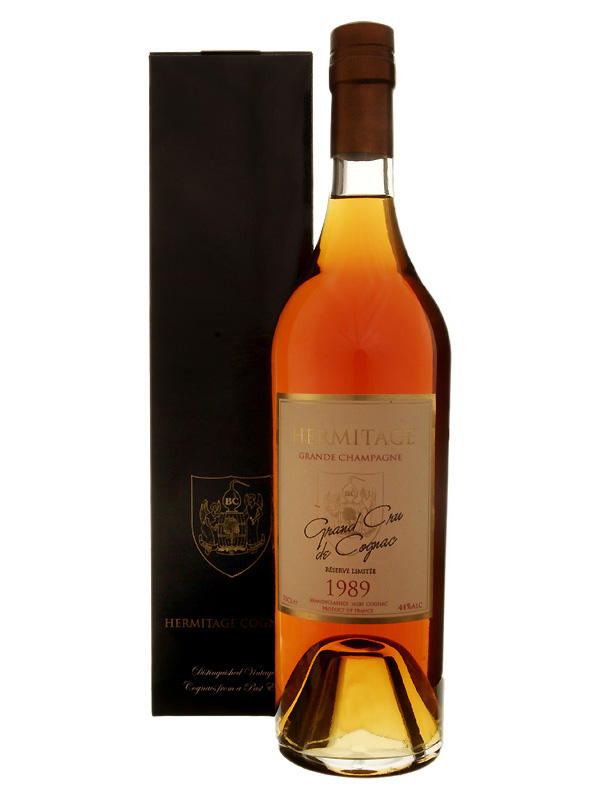As the New Year rolls in the cognac distillers will be checking the ‘chais’ (cellars) and their existing stocks of cognac in barrels from previous years. Of course there are hundreds of old cellars all over the Cognac region, each containing large quantities of barrels in a range of sizes, the most common being 350 litres. Each barrel will have its own characteristics and will impart slightly different qualities into the cognac.
This ageing process begins annually after distillation, which must be completed by 31 March. To provide an initial boost the newly distilled spirit is put into new oak barrels, which have been toasted to kill off the harmful tannins in the wood. About 6 – 12 months later the cognac is transferred to old barrels where it will gradually mature. During this process the cognac reacts with some of the good tannins, such as lignins and a hemi-cellulose, which gradually dissolve forming richness, a quality we often refer to as a “Rancio”. Clearly, the more the cognac comes into contact with the wood the quicker this will happen but there are other factors which can slow or speed up the process. Some cellar masters prefer to use barrels made from a tightly grained oak which reduces the tannin extraction by the cognac. This hard oak comes from the Tronçais forest but a wider grained oak can also be used. It is found closer by in the Limousin forests near Angouleme. Most cognacs are aged in Limousin barrels as the spirit penetrates the wood faster than in the Tronçais barrel. Apart from barrel size and grain of the oak, there is another key factor which will make a substantial difference to the process – dampness of the cellar. A water molecule is larger than a spirit molecule so the greater the outer dampness of the wood, the slower the spirit will escape through the barrel.
Cognacs from Grande Champagne may take 60 or 70 years to fully mature in the barrel so spare a thought this New Year for all those wonderful, very old cognacs hiding away in dark and damp cellars that haven’t woken up yet. When they do, their sublime qualities will be the golden toast of the century.



